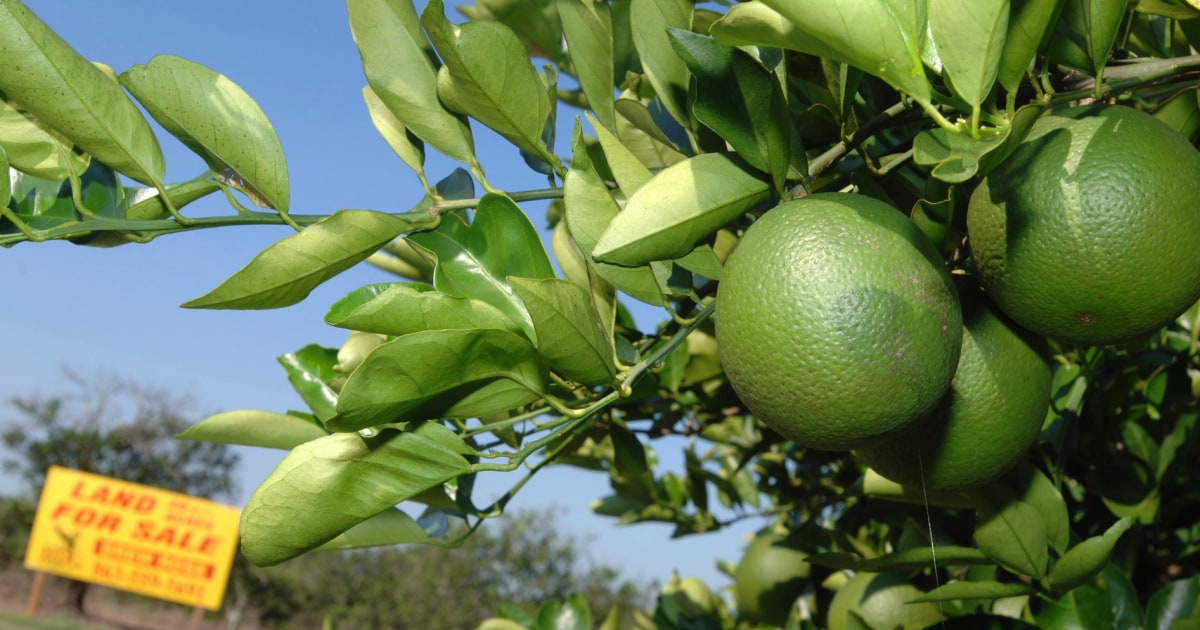258 days after the 2022 Census, the National Institute of Statistics and Censuses published the first results.
These
numbers were to be published last August
, but INDEC clarified that this was not possible due to problems in the loading and collection of information, which is why they were postponed for five months. In this way, not only the number of people living in Argentina was known , but also
how many people live in each of the country's 24 provinces
.
The Province of Buenos Aires
is the district with the largest population: 17,569,053 inhabitants
.
Córdoba has 3,978,984 and Santa Fe, 3,556,522.
The City of Buenos Aires, meanwhile, showed a record of 3,120,612 inhabitants.
But, which are the provinces that increased their population the most compared to the 2010 Census?
Tierra de Fuego is at the top with an increase of 49.86%
, followed by Neuquén, with 31.80% and further away in third place is San Luis, with 25.11%.
From Tierra del Fuego, it should be added that it was the province with the
highest percentage of digital censuses
: more than 15,600 families completed the process (20.5%).
Other jurisdictions that showed a
population increase
are Santa Cruz, with 21.72%, followed by Corrientes, Santiago del Estero, San Juan and Córdoba, just over 20%.
The one that grew the least was the Federal Capital
, with a rise of 7.97%, followed by Chaco (8.31%).
In the province of Buenos Aires, the growth was 12.44%, with a lower rate in the 24 games of the GBA (9.59%) against those in the interior of Buenos Aires (17.43%).
Explanations
Pablo Paolasso, a graduate and doctor in Geography, spoke of one of the districts that contributed the most population to the country.
This is Córdoba, which added 670,108 people
between 2010 and 2022. "It had a significant increase in the growth rate that was due to the
dynamics of the countryside
, which was above the national average: 15.5 per thousand between 2010 and 2022 against 8.5 per thousand between 2001 and 2010," he said.
Neuquén also increased its growth significantly: 23.3 per thousand against 16.9 respectively,
"probably due to the oil boom"
.
In fact, Lavagna highlighted in the press conference the great population growth that occurred in
the Vaca Muerta area
.
"Significant changes can also be found in the Patagonian provinces, "especially in Chubut, Santa Cruz and Tierra del Fuego, which, between 2001 and 2010, had already had the highest growth rates in the country," Paolasso remarks.
For Eduardo Chávez Molina, PhD in Social Sciences, at FLACSO, "
it is key to analyze the figures at the departmental level
with comparative data to confirm if the movement that occurred between 2001-2010 continues to occur. That is, if migration to cities considered small and suitable for internal migration, due to their geographical beauty and their link with tourism".
"Selecting some departments - continues Chávez Molina - said population growth can be seen
in the department of Bariloche and Lago Argentino (Calafate
), which maintain the trend in relation to the previous census".
look too
Census 2022: the population of Argentina is 46,044,703 people
2022 Census: the population of the City increased by 8% and Caballito and Palermo were the neighborhoods that grew the most



/cloudfront-eu-central-1.images.arcpublishing.com/prisa/BB42X2XT2TTKOOJOSBUIXZRQRE.jpg)

/cloudfront-eu-central-1.images.arcpublishing.com/prisa/GABYBHS4YFHQHCNMDHNWKW6QZ4.jpeg)



/cloudfront-eu-central-1.images.arcpublishing.com/prisa/PHW4JZYXX5CMRJOUD7MDB56UQY.jpg)